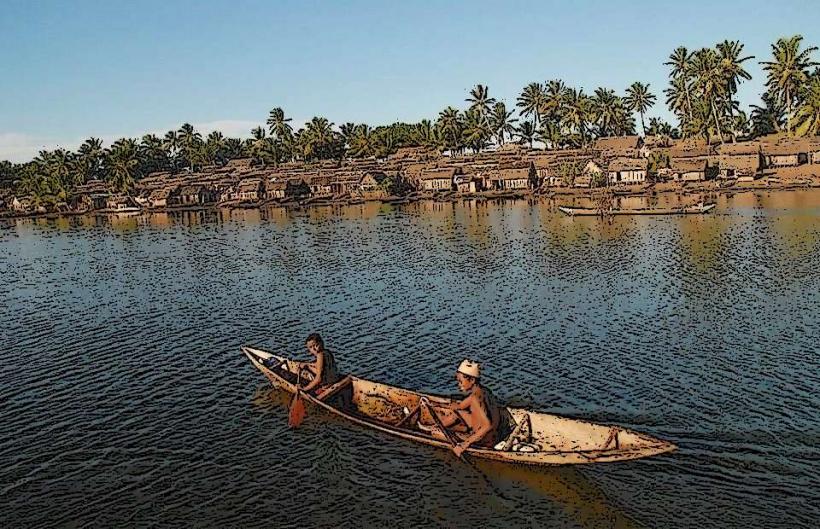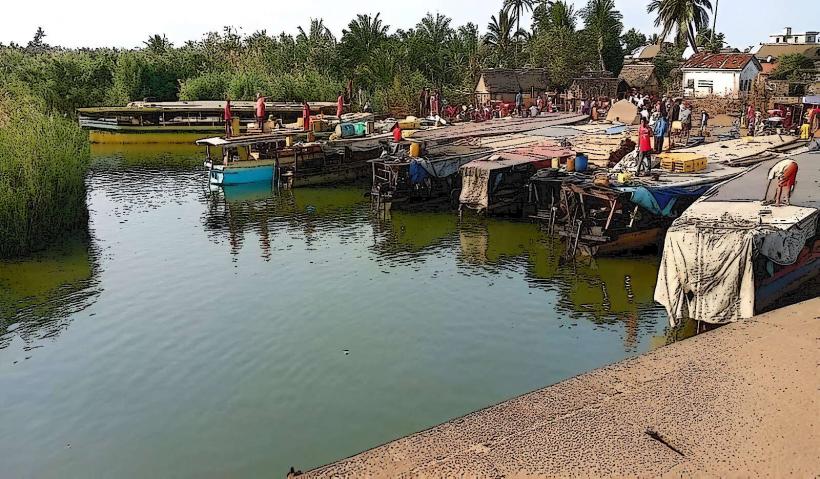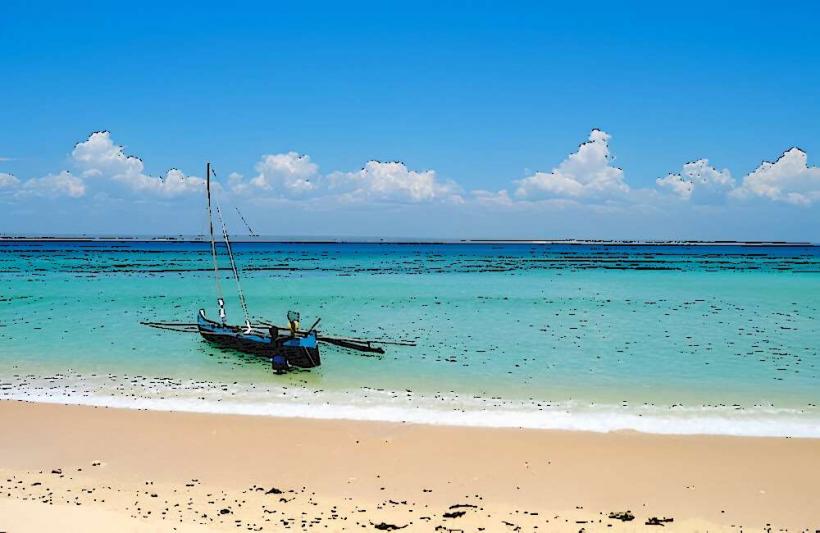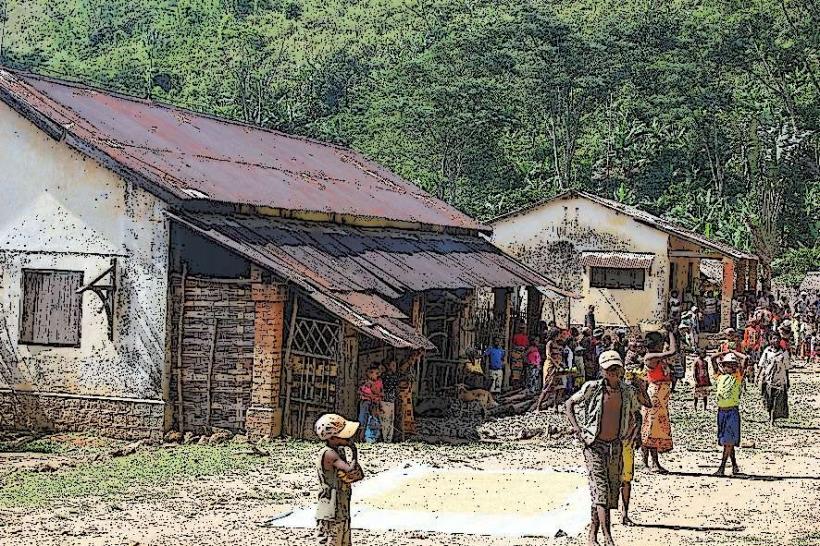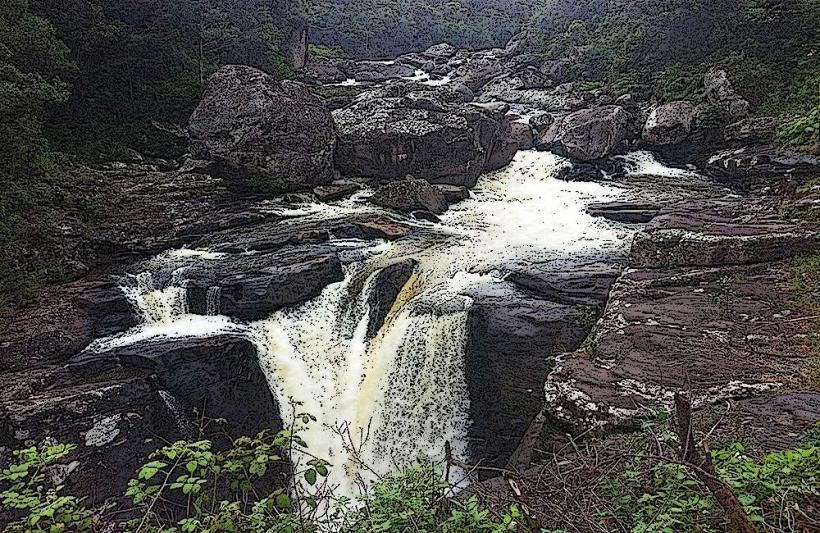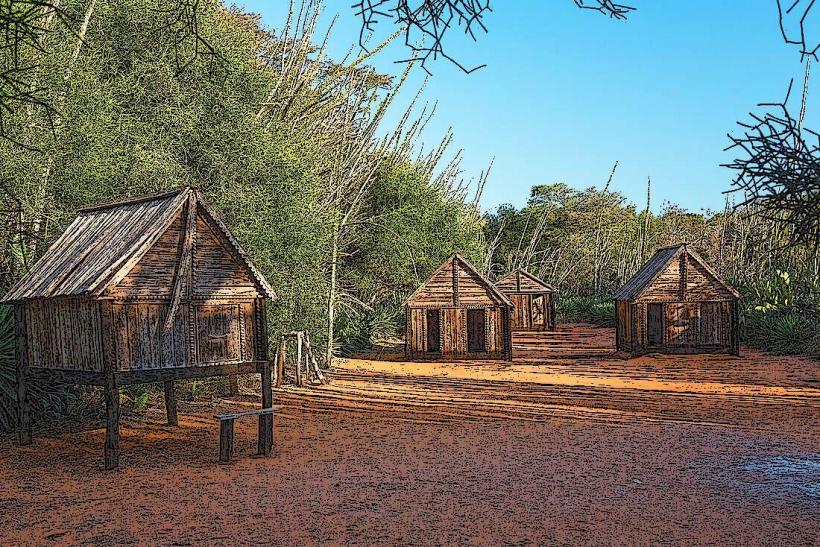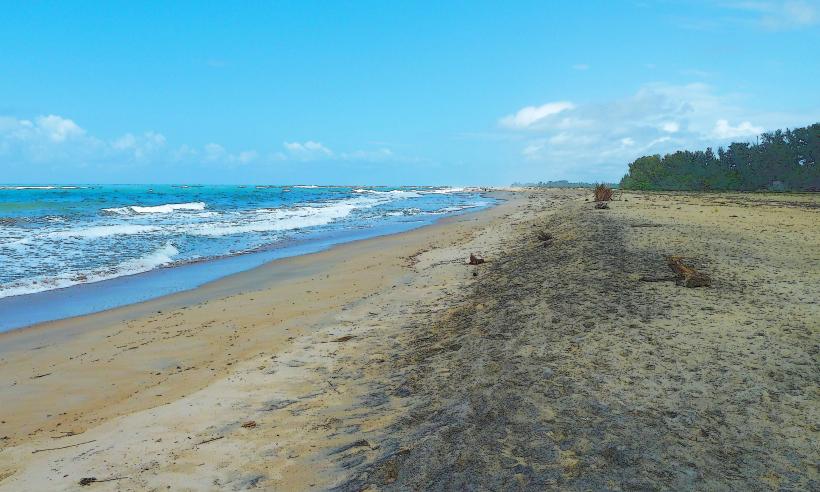Information
Landmark: Bay of MananjaryCity: Mananjary
Country: Madagascar
Continent: Africa
The Bay of Mananjary is a significant natural feature located along the southeastern coast of Madagascar, near the town of Mananjary and the mouth of the Mananjary River. The bay is a key part of the region's geography and serves as an important hub for maritime activities, including fishing and trade. Here's a detailed overview:
Geography and Location
- The Bay of Mananjary is situated on the eastern coast of Madagascar, in the Vatovavy-Fitovinany region, and lies just to the south of the mouth of the Mananjary River. The bay opens up to the Indian Ocean, which influences its climate and maritime conditions.
- The bay is sheltered and relatively calm compared to the more exposed open ocean, which makes it suitable for small- to medium-sized vessels.
Environmental Significance
- The Bay of Mananjary is surrounded by a rich variety of ecosystems, including mangrove forests, coastal wetlands, and shallow marine habitats. These ecosystems play crucial roles in protecting the coastline from erosion, supporting biodiversity, and providing vital resources for the local population.
- Mangrove swamps along the bay are especially important, as they serve as nurseries for many fish species and offer protection to various marine life forms. The bay also supports a variety of seabirds, fish, and other marine organisms.
Economic Importance
- The bay is a vital area for fishing, which is a central economic activity for the local communities. Small-scale fishing operations target fish, shellfish, and other marine products, which are then sold locally or exported through the nearby Mananjary Port.
- Aquaculture and coastal agriculture are also prevalent in the surrounding areas. The bay's fertile environment supports the growth of rice, cassava, and other crops, which are vital for the local economy.
Navigation and Maritime Activities
- The Bay of Mananjary serves as a sheltered harbor for local fishing boats and some commercial vessels. Though it is not as developed as larger ports like Tamatave (Toamasina), it still plays an important role in the region's maritime activities.
- The bay provides access to the Mananjary Port, where goods, particularly agricultural products, are shipped to other parts of Madagascar and beyond.
Challenges
- Environmental degradation is a concern around the Bay of Mananjary, particularly with regard to deforestation and the draining of wetlands. These activities can reduce the health of the bay’s ecosystems, affecting local fish populations and the livelihoods of people dependent on them.
- The region is also vulnerable to climate change, particularly rising sea levels and unpredictable weather patterns. Changes in rainfall and temperature could impact both agriculture and fisheries, which are central to the local economy.
Cultural and Social Significance
- The Bay of Mananjary is home to local Malagasy communities that rely on the natural resources of the bay for their livelihoods. The fishing culture is deeply ingrained, with local communities practicing sustainable fishing methods that have been passed down through generations.
- The bay also has cultural significance, with traditional practices and festivals often centered around the sea and the harvest of marine resources.
Strategic Importance
- Given its position along Madagascar's eastern coastline, the Bay of Mananjary is strategically important for regional trade and maritime connectivity. It provides a safe harbor for ships and smaller boats, contributing to the flow of goods between Madagascar’s coastal regions and the Indian Ocean.
In conclusion, the Bay of Mananjary is an important geographical and ecological feature on the southeastern coast of Madagascar. It supports both the environment and the local economy through its rich biodiversity, fishing industry, and agricultural production. However, the region faces several challenges related to environmental degradation and climate change, which could impact its future sustainability.

